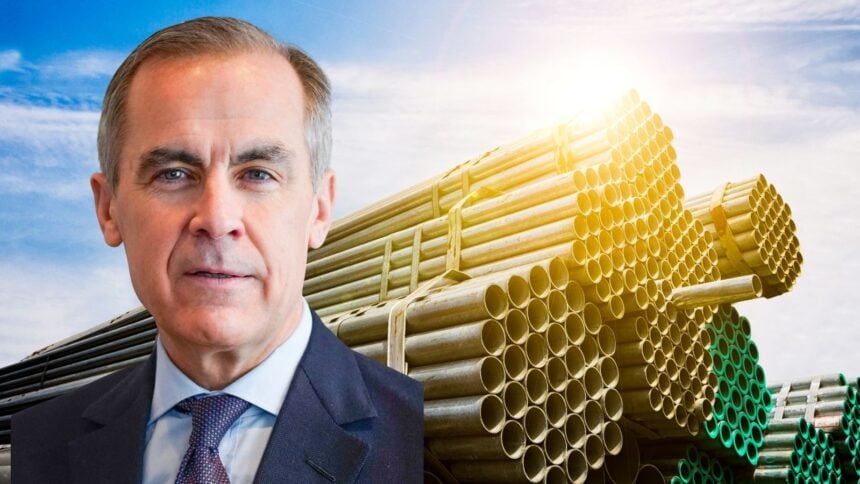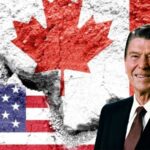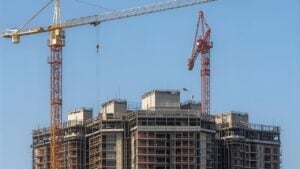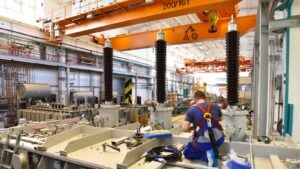The Canadian prime minister is traveling to Washington for meetings with senior U.S. officials focused on tariffs that have rippled through the auto and steel supply chains.
Executives on both sides of the border have warned that persistent trade friction could force production cuts, dent capital spending, and put factory jobs at risk if costs keep rising.
Canada’s auto sector depends on a tightly integrated network that stretches from Ontario to the U.S. Midwest. Tariffs that raise the price of steel, aluminum, batteries, or finished vehicles threaten that flow and complicate investment decisions for suppliers that plan spending years in advance.
The same applies to steelmakers whose margins swing with every policy change and who have flagged softer order books when buyers hesitate.
The White House recently hit home goods with new tariffs, reinforcing a broader protectionist tilt that worries manufacturers about what could come next for industrial inputs.
In Canada, Ottawa has moved to save steel jobs with new support measures even as it tries to keep the peace with its largest trading partner.
The government also unveiled a 1 billion tariff relief program aimed at helping smaller firms absorb cost shocks that filter through supply chains.
The government paused the EV mandate to reassess how the rules intersect with jobs, tariffs and cross border supply that review matters for parts makers that tool plants based on regulatory targets and for steel producers investing in lower emission furnaces that serve both conventional and electric vehicles.
Algoma Steel secures 500 million in government loans to accelerate its electric arc transition, a bet that depends on steady demand and predictable trade costs.
Talks in Washington will focus on exemptions, carve-outs, and timelines that could blunt the near term hit to employment while giving companies clearer planning horizons.
People familiar with prior rounds say automakers and their suppliers typically push for targeted relief on specialized components where there are few alternative sources.
Steel producers seek certainty on quotas and safeguard mechanisms that can change order patterns with little notice.
Washington wants to show support for domestic manufacturing while keeping cross-border supply steady for U.S. plants. Neither side benefits from unplanned stoppages that ripple through integrated assembly lines.
This makes a narrow path likely, where both governments aim to preserve leverage but keep doors ope for technical fixes.




















